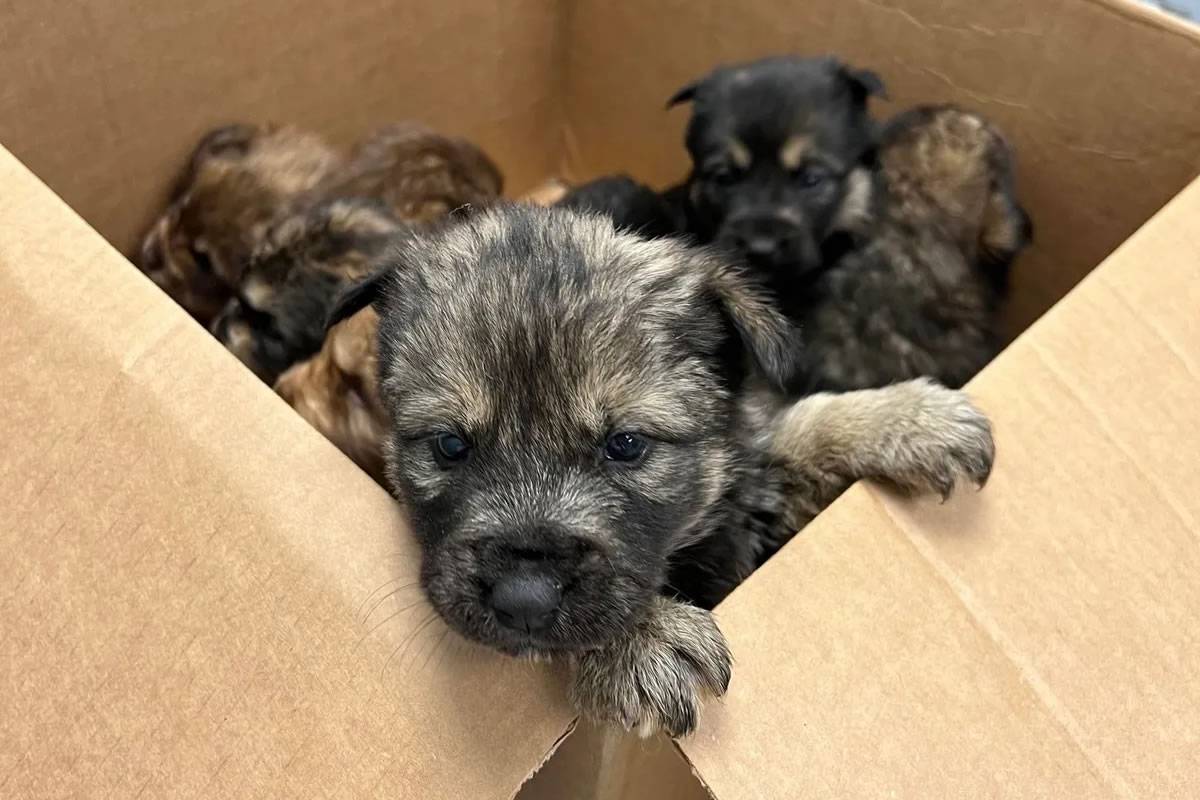The findings suggest that negative experiences in early childhood can have permanent psychological effects on dogs, just as they do on humans.
It is no coincidence that they are man’s best friend: dogs have been living with humans for thousands of years, sharing homes, streets and even jobs. This closeness exposes them to the best, such as affection, care and play, but also to the worst, such as abandonment, punishment and traumatic situations. A new study published in the journal “Scientific Reports”, led by researchers from Harvard, the University of Pennsylvania and other institutions, reveals something that many of us suspected but had not been proven so clearly until now: negative experiences in a dog’s first months of life have a lasting impact on its adult behaviour, increasing the likelihood of it developing fear and aggression.
The research, based on a sample of nearly 4,500 companion dogs, also shows that not all dogs react the same way. Breed and genetics influence vulnerability or resistance to these early traumas. In other words, a dog’s character is the result of the interaction between what it inherits and what it experiences.
The first six months, a critical stage
The scientists collected information from thousands of dog owners through online questionnaires. They asked them about their dogs’ life history, possible adverse experiences (physical abuse, abandonment, accidents, attacks by other animals, long periods of being chained up, etc.) and their current behaviour. To measure behaviour, they used a validated tool, the C-BARQ, which standardises the assessment of levels of fear and aggression in different contexts.
The results were conclusive: dogs that had suffered some form of adversity before the age of six months showed significantly higher levels of fear and aggression as adults than those that had not.
And this was no minor effect: the magnitude of the impact was comparable to other factors traditionally considered relevant, such as age, sex or whether the dog was neutered. Furthermore, the more negative episodes the animal accumulated in its first months, the greater the risk of displaying problematic behaviours.
Genetics also plays a role
A particularly interesting finding is that breed modifies the way dogs respond to early experiences. In some breeds, the difference in behaviour between individuals with and without adversity was very marked. For example, Siberian Huskies, American Eskimo Dogs and Airedale Terriers showed clear increases in fear or aggression after a bad start in life.
In contrast, other breeds seemed more resilient. Labrador Retrievers, for example, showed little significant difference in their levels of fear or aggression, regardless of their early experiences. This suggests that, as in humans, there are genetic factors of risk and resilience to trauma.
The study also identified other elements that modulate behaviour, such as size (larger dogs tended to show higher levels of fear and aggression), sex (males were more prone to aggression than females), living with children (children seem to put more stress on pets), and origin (those from breeders seemed to have fewer problems than those who had been through shelters or uncertain situations).

Parallels with humans
Most striking is how these results resemble what happens in our own species. Numerous studies have shown that adverse experiences in childhood—such as abuse, neglect, or early separation from caregivers—increase the risk of anxiety, depression, and aggressive behaviour in adulthood.
The parallel is not coincidental. Dogs, humans and other mammals share biological mechanisms that regulate stress, emotion and social learning. Understanding how these behaviours are formed in dogs not only helps to improve their well-being, but also provides a useful model for studying the effects of trauma in general.
But, returning to the work of Espinosa and his colleagues, this is the largest study to date on the impact of early adversity on companion dogs. Its message is clear: the first months of life are decisive. A bad start can increase fear and aggression, but genetics and the subsequent environment also matter.
The challenge now is to translate this knowledge into practice: breeding, adopting and training with greater awareness, and giving dogs the opportunity to overcome the scars of their past. Because, as with people, understanding their history is the first step towards building a better future alongside them.





